I'm declaring August the month of celebrating sisterhood in SFF! Last month, I posted on five of my favorite romances in Fantasy fiction, sparked by my view that "romance and love are one of the drivers that make human beings tick and the world go around." (And Fantasy fiction, too, for that matter.) In addition to my five picks, commenters also joined in with some reccommendations of their own, so together we ended up with a great selection. :-)
 |
| Hermione & Harry: just good friends |
.
 |
| Willow & Buffy: besties from the get-go |
.
 |
| Korra & Asami: from "womance" to romance? |
Breq and Lieutenant Awn in Ann Leckie's Ancillary Justice (SF). You may argue that the ubiquity of the feminine personal pronoun in Ann Leckie's "Imperial Radch" trilogy means that you can't be sure these characters are female, but the contextual use of that pronoun in a non-gendered society gives you a sense of "sisterhood" so I'm going to stick my neck out and and include them—especially since Breq's liking, and in fact devotion, to the Lieutenant is a major driver for the story. (And there are a few hints that suggest the "sisterhood" tag is appropriate, although you have to delve pretty deep to find them.)
.
The relationship of Katsa and Bitterblue in Graceling (YA/F) by Kristen Cashore is very much that of older sister / younger sister, although they are in fact unrelated. It is also central to the second half of the book and evolves into friendship despite the disparity in ages and strength, a friendship that continues in the novel Bitterblue, although in the latter book their friendship is more incidental to the story.
Patricia McKillip's Heir of Sea and Fire (F) is the second novel in her famous "Riddlemaster" trilogy and fouses on the heroine, Raederle (rather than the hero, Morgon, as in Books 1 and 3.) The "heart" of the book is Raederle's friendship with Lyra of Herun (a "warrior-princess" long before we encountered Xena) and Morgon's sister Tristan. In fact, together with Lyra's all-female company of guards, I believe they were the very first "band of sisters" I encountered in SFF.
.
One of the many relationships I love in William Gibson's Mona Lisa Overdrive (Cyberpunk SF) is that between the hardened "razor girl" (think "street samurai" / mercenary), Sally (whom readers of the classic Neuromancer will recognize as Molly) and thirteen-year-old Kumiko, the bereaved daughter of a Yakuza warlord. In one way, Sally is a mentor figure, but never maternal or even sisterly, but Kumiko's intelligence and composure also result in a sense of equality between the two. Certainly, they are allies, and as such a powerful combination...
No discussion of the "band of sisters" in SFF would be complete without the crew of the spaceship, The Pride of Chanur, in CJ Cherryh's novel of the same name. The Pride's crew are all females of their leonine species and all related, comprising an aunt, Pyanfar, and her niece, Hilfy, and two pairs of sisters, Haral and Tirun, Cher and Geran—with all five adults being cousins to some degree. And as a reviewer put it, "These swaggering, vain, tough-talking Hani heroines make Chewbacca look like a pussycat."
While I was writing this, a friend—looking over my shoulder—demanded to know about my own books. The latest, Daughter of Blood, does have a special friendship between two of the women characters, Myr (the Daughter of Blood of the title) and her bodyguard, Taly, which has elements of the womance and is sufficiently important that near the end of the book another character observes: "Yet more than anyone else...Taly...truly loved Lady Myr."
So it looks like sisterhood is powerful in SFF, after all, which is more than A-OK by me. But do tell me your standout female friendships, dear Supernatural Undergrounders: I'm always keen to hear about more great friendships and great reads.
—
Helen Lowe is a novelist, poet, interviewer and blogger whose first novel, Thornspell (Knopf), was published to critical praise in 2008. Her second, The Heir of Night (The Wall Of Night Series, Book One) won the Gemmell Morningstar Award 2012. The sequel, The Gathering Of The Lost, was shortlisted for the Gemmell Legend Award in 2013. Daughter Of Blood, (The Wall Of Night, Book Three) is her most recent book and she is currently working on the fourth and final novel in The Wall Of Night series. Helen posts regularly on her “…on Anything, Really” blog and is also on Twitter: @helenl0we








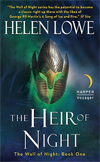
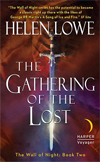


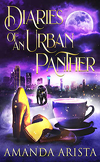
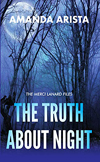

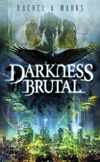
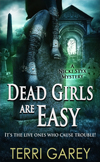
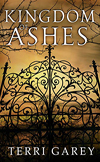
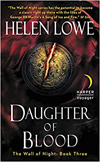
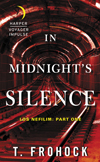
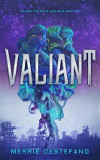
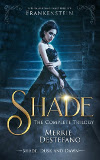

No comments:
Post a Comment